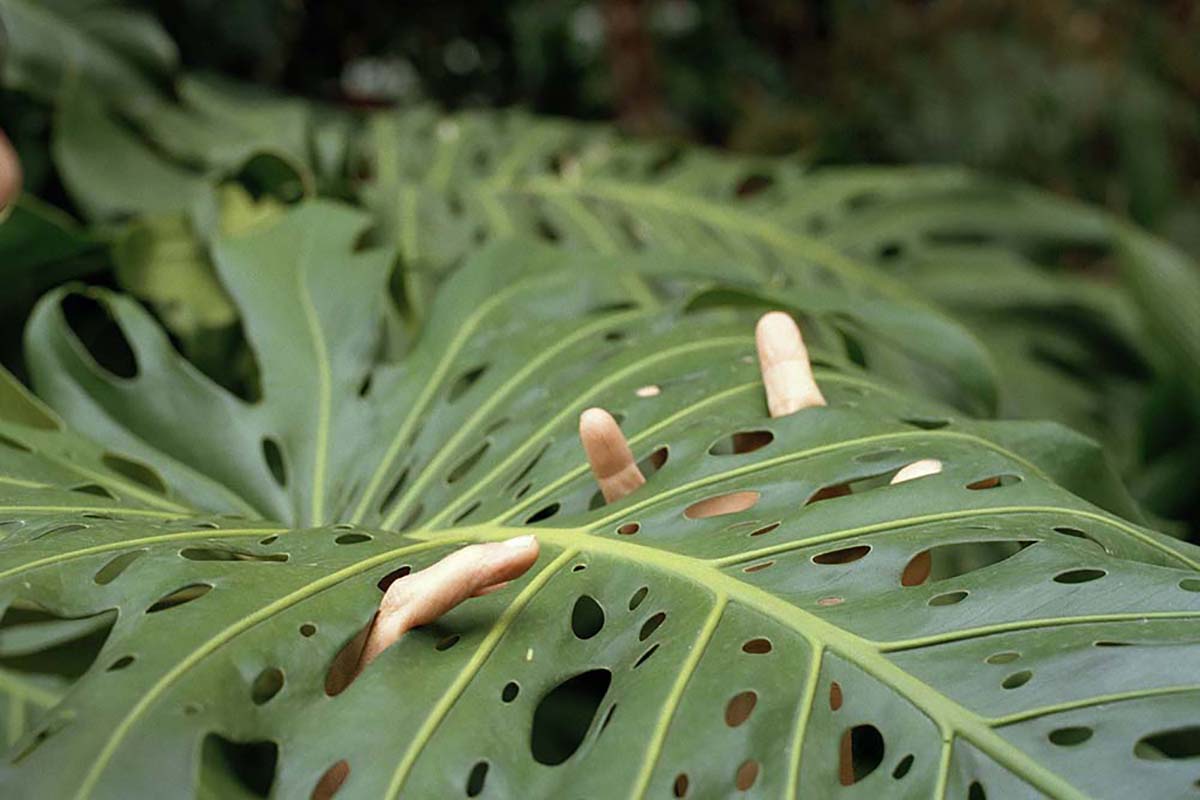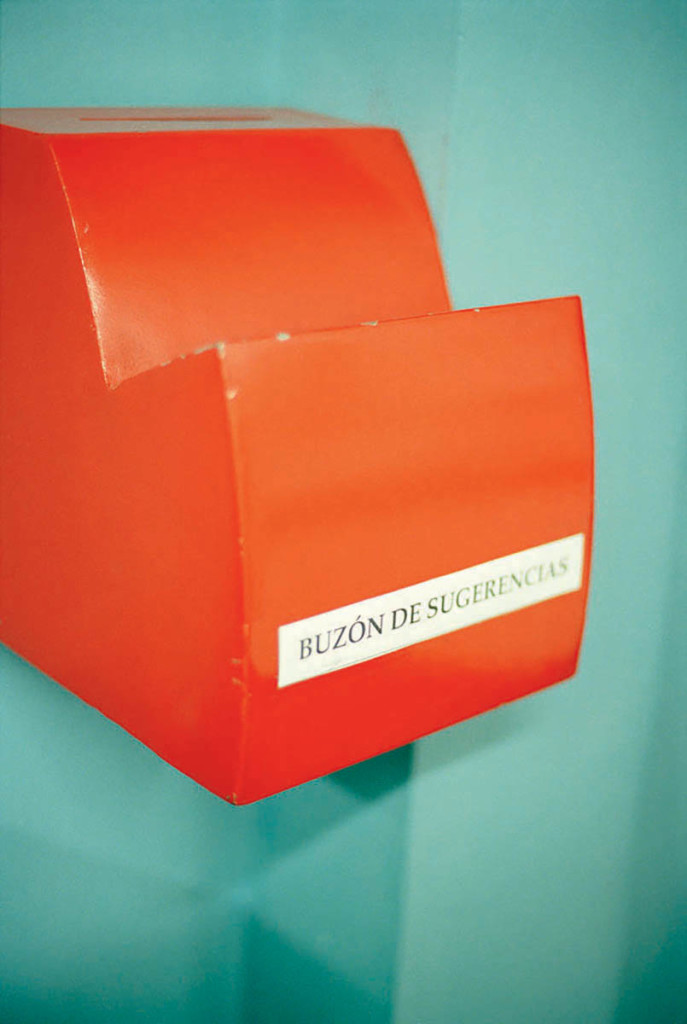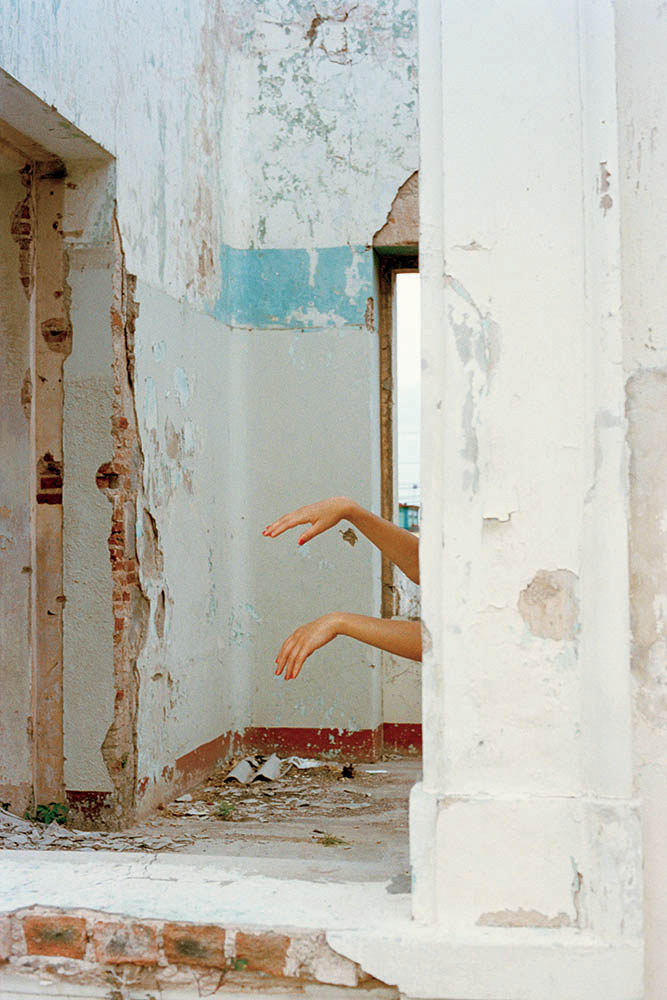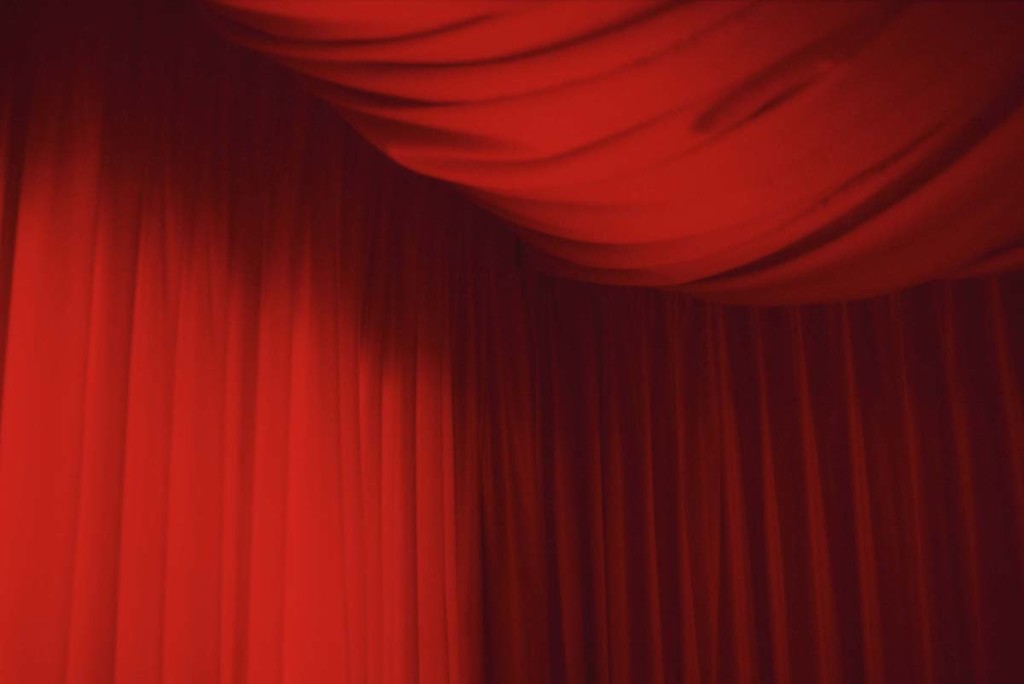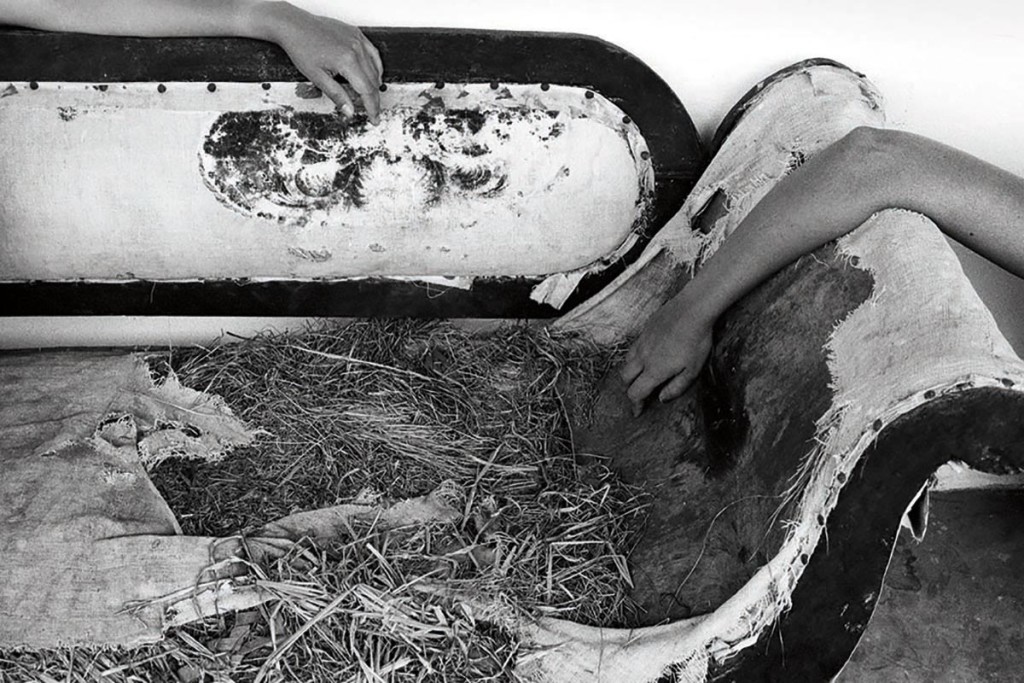Interview with Verónica Puche
Verónica Puche combines history, politics, and personal anecdotes and creates imagery reminiscent of magical realism. We met her in her Long Island City studio a few days before Colombians were called to vote on a peace deal to end fifty-two years of internal conflict. (You can read more about this here and here.)
Groana Melendez
Please talk a little about your practice.
Verónica Puche
My practice is divided into two important moments: when I actually create the work and then when I develop the work. I usually create in a period of two to three months that are then divided in two parts: the end of the year and at the middle of the year. Then I develop the projects in the middle of these two spaces.
Martha Naranjo Sandoval
What do you mean by “create?”
Verónica
Place the ideas in the palpable reality. I shoot images if I’m making photographs. Right now the base of my artist practice is photo based. I can interact with the image in different ways but that’s part of the process of creating the artwork. I shoot about twice a year mainly.
Martha
It’s like the first part you just shoot and the second part is editing.
Verónica
It’s not only editing because it’s also how I’m going to show the image. Whether it will be a two dimensional or three dimensional piece or as a virtual piece. I would say I have two periods of time when I’m not actually thinking of how I’m going to share my work with the world… It’s that space when I’m shooting the image or thinking about when I’m going to shoot it. It’s a more a free space where I don’t have boundaries or anything. Then when I’m developing the work I establish boundaries around me to not go insane.
Groana
When you photograph, I imagine you out in the world, taking pictures as you please and then later going to the studio and editing them into a sequence you envision at that moment. Is that your process?
Veronica
“As I please?” What do you mean by that?
Groana
I imagine you shooting freely.
Verónica
Usually, before shooting, I inspect the place I want to shoot without a camera and then I go to the place early in the morning or at one specific moment. I guess it doesn’t have to only be early in the morning but usually, it’s a moment where the air is clean, if I can call it that. There is a process of investigation before I shoot. When I said “freely,” I meant that moment was very free because I am creating in an environment I can’t control. I shoot mostly with sunlight, so it’s a moment where I can walk around, where I can talk to people, and be with the person (if is the case) that comes with me to take pictures. That’s what I was talking about with freedom. The freedom of moving, of being anywhere but inside of a studio editing in front of a screen.
Groana
Can you explain what you meant by three-dimensional? Just from the going to school with you for two years, I imagine you mean actually intervening on the image with objects popping out of it. Is that what you mean?
Verónica
Yeah. It can be sculpture. I’m thinking a lot about making sculptures… I made some examples in art school but I never developed them very much. It can be implementing other materials that are not about playing with the surface of the paper but about playing with the volume of the paper or to interact with the paper.
Martha
Yeah. As paper, as an object, not as an image.
Veronica
Yeah. As an element.
Martha
Can you tell us about your project Such as my great uncle, eaten by a shark?
Verónica
It is a series of short stories that are reminders of family members, some of them with tragic backgrounds or fascinating backgrounds, as my father had. To continue with how I work, I began shooting pictures between Colombia and Nicaragua, some places in the Caribbean, and some here in New York.
When I go to Colombia or to Nicaragua I always ask my relatives to tell me stories about their past, their family stories, or about the past of the country. Therefore, the moments when I’m shooting are combined with a lot of the conversations that I actually try to record and take notes. Then they become these short stories that go with the pictures. In book form it’s very easy to merge them together. It’s much more difficult when it’s a matter of installation, like in a space to put the text together with the images. I haven’t developed that part very much yet. But yes, that work is a series of short stories with photographs.
Groana
Can you talk about the new iteration of your book Such as my great uncle, eaten by a shark? And about how you see it as something that can keep going.
Verónica
I have a problem putting an end to a project, so I had this fantastic idea of making the book of Such as my great uncle, eaten by a shark into a book divided into chapters. Every chapter will have a story with a spread of pictures. So far, I’ve divided the book into six chapters, inside a bag with the title of the work. At the New York Art Book Fair people were asking me if I only had six chapters inside the bag. I said, “Yes, but there will be more to come.” They said, “How come?” I said, “Yeah, I’m going to write at least 20 chapters.” I don’t know if I will be able to write 14 more stories with 14 more spreads of pictures by the end of this year but at least I’m opening the door to continue that work. I really enjoy doing it and I think it can live as a 6 story book or as a 20 story book. It depends on my talante.
Martha
When Groana and I were preparing for the interview, we were talking about how it reminded me of Russian novels. How they were sold serially and separated into little books.
Verónica
Russian novels like Tolstoy or…
Martha
Yeah, like War and Peace, Anna Karenina, Crime and Punishment… They weren’t one book. They were like little books that were sold one by one. It would be equivalent of a series now in that every now and then you would get a new one and then at the end of it, you would have a story. And every chapter was its own book even though it was part of like a bigger one. When you told me about this project it reminded me of that and the process of producing a book in that way.
Verónica
I think they used to do that because it was probably cheaper to print. For me it’s a matter of being able to collect these stories so if somebody wants to collect 1,3 and 8… I have to still develop that part but it’s a matter of like collecting stories and mixing them the way you please. In the bag, it can be a story, or like numbers 3, 6, 9, 12 and 18 instead of I, 2, 3, 4, 5, 6.
Martha
Like Rayuela [by Julio Cortázar]?
Veronica
Yeah, but in Rayuela what Cortázar does is that he connects them somehow with instructions or the natural order of the numbers and you get all the chapters in the book.
Martha
But you can read them in different orders.
Verónica
Yeah, you can read them in different orders. I think it’s just like a nice way to divide the work and not make it very dense. Because it is a dense piece.
Groana
That reminds me of actually your photography work. There was a point where we were trying to edit your images and you basically said you can arrange them in different ways and get different stories. It sounds like you are doing the same thing with your books where it’s like you have the separate entities that can be mixed together in different ways.
Verónica
Well, right now they are just one entity but in the future, I wish they could do that. Like if I get to make my books a little bit closer to the Russians or like Cortázar, I will be very pleased.
Martha
How do you feel when you show it in space as opposed to showing it in book form?
Verónica
When I show it in a space (last time that was my solo thesis show) it was a very fragmented work for me. I understood it and the people that read my stories understood it as well. But I felt people who had no idea what my work was about were missing the short stories. Maybe I should have them up on the wall next to the images or as a stack of sheets on the floor. I did that afterward, at Baxter St at the Camera Club of New Yolk and I think there the work felt more complete. It’s very difficult to separate the image from the text. Because the short stories kind of guide you to that visual story or to another story with a different end. The viewer is a silent participant of the story which can change with the visual part of the work.
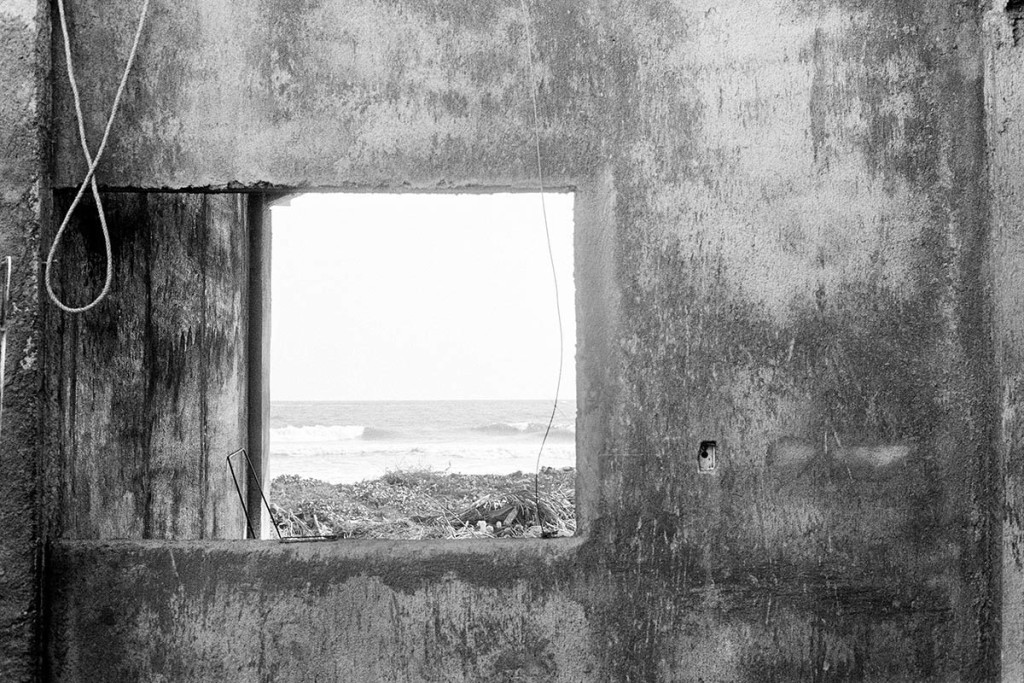
Frente al Mar, Archival Pigment Print, 2015
Martha
We were thinking of your practice as that of a storyteller… where not only the image or the writing is important, but the result of putting them together. I think of the tradition of family storytelling, passing family knowledge from one person to the other, is very interesting in your work.
Verónica
Well, that’s a human nature. The odyssey was passed like that, the Bible was passed like that, so it’s the principal way of passing information, to tell stories orally to other generations. That’s very great to hear, I would love to be a storyteller. I think that’s very …
Groana
You are a storyteller.
Verónica
Yeah, but I feel that to be a storyteller I need to be better. Writers are storytellers, I don’t consider myself a writer. Writing for me is a very difficult part of my practice. It takes me twice the time to develop a text than to develop a work of images. Because of that, I don’t think this work Such as my Great Uncle, Eaten by a Shark is a work that is not going to end today or tomorrow. I need more time to develop it, I think it’s a long-term project. I have about six stories… and some of them are still not very pulidas …
Martha
Polished.
Verónica
… polished. In order to write a good story, it is necessary to spend time with it. It needs to be very polished, and especially a short story.
Martha
What do you feel is the difference between writing in English and Spanish for you?
Verónica
It’s a huge difference. I have the task now of translating all these stories that I have in English to Spanish. It ended up being like that because of the circumstances of me being here in an Anglo-speaking country. But it would make more sense to me to write them in Spanish now.
The main difference is that romanticism or that passion that I have with the Spanish language and I lack from the English language. They’re very different cultures and very different ways of communication so I try to reproduce the sentiment when I’m telling the story in Spanish and portray it in English. In some cases, I achieve it at one point but in other cases, I think I haven’t.
It’s fantastic to share these stories in two languages for now. I wish I could share it in more languages. I always try to keep the core of the sentiment that is released with each of these stories in both languages. It varies a little bit, the tone, but decorum, I always try to keep it the same.
Groana
I think you are a little hard on yourself. Do you see yourself striving to become a storyteller? Because, in a way you are very successful in not necessarily being a writer, but in combining image and text and then giving the viewer enough space to add to the story and make it their own or to fill in the gaps. I think that’s really successful and in that way, I think you are a storyteller.
Martha
I also don’t feel storytelling is exclusively about words. Filmmakers are storytellers. They are not necessarily about …
Veronica
They have scripts.
Martha
Yes, but there are filmmakers who don’t use scripts, Godard didn’t use scripts for some of his early films and they are still storytelling. It’s not about writing. It’s about telling a story. I don’t want to corner you into saying that you are a storyteller, but that’s what I think.
Verónica
It’s an honor that you would say that to me. What I’m trying to say is that as a child I was told stories before going to bed every night. From my first memory until I was in my early teen years, my father used to tell me stories before going to sleep and I always used to read before going to sleep. So I think that’s where the inspiration comes from.
There is nothing more fantastic when you are with somebody who is a good storyteller and they tell you a story, and you get that chispa, you know, that spark that happens when that story is told, it’s amazing. That’s what I want to do. But it’s not easy. It’s not an easy task. With photography, it can be helpful because sometimes images are really strong but to combine these two elements is not something simple to do.
Groana
It’s interesting just to hear you speak that way because it just reminds me that as artists we’re always constantly looking to reach that goal even though other people like really connect with your work, you as an artist you are like this is what I’m going for and every time you make a work of art it’s trying to get you closer to that thing that you envision. It’s just really nice to hear you explain it and speak about it.
Before we get even further, can you tell us a bit about your background. Because your work is very much influenced by current events and history.
Verónica
My father is from Monteria, Colombia, a city near the Caribbean. And my mother is from Chinandega, Nicaragua, not Managua. (That’s funny to say.)
I was born and grew up in Bogota. I went to high school there and to undergrad. I studied industrial design at the Universidad de los Andes, that was five years of undergrad. I don’t know why I never went to art school. Maybe I was afraid since my immediate family had no artists. So I never had somebody to follow in that way.
I decided to study industrial design because it was a nice strategy to not go into business school or that kind of stuff. In those years photography came of course as photo product. But then I began to make like little stories. I began to go to the center of Bogota with a Minolta of a friend of mine and took photos of converse shoes. I remember there were converse shoes all over the center of Bogota. Like …
Martha
Like on the wires?
Verónica
No. As if they were invisible people wearing them.
I still have the negatives somewhere. I took plenty of rolls. After that I abandoned photography for a while until I graduated from industrial design and then I got a studio. In that period of my life when I finished undergrad, I had one year where I shared a studio with friends. In that space were mainly musicians and one artist that had his studio/ house there. It was a very nice time, I had the liberty of doing what I wanted to do. I used to paint in my space. I used to paint a lot before. The photos that I took at that time were for friends of mine that had music bands or jewelry designers pieces. For the people that have seen my work and don’t see much people in my photographs, I do have people in my photographs. Mainly drunk musicians or friends of mine with jewelry from my jewelry design friends.
Anyway, there my interest for photography began to become more important. Then I came to New York and I did the GS program [General Studies One-Year Certificate at the International Center of Photography] before doing my master in ICP [MFA in Advanced Studies in Photography at the International Center of Photography and Bard College]. In that year my work went more personal. I began to work with my father’s diaries. He has them since he was around 15 years old and he keeps writing. I took those diaries and I began to investigate them. It was very difficult to read them so I began to take photos of them and then paint on the photos of the diaries. I also recreated the women that were in the diaries.
It was a very beautiful process, probably being not near him helped me create that dialogue, I have a very close relationship with my father. It was a very painful process as well. I used to cry a lot when I was doing that work. Just thinking about… Because my father had a very rough adolescence alone by himself in Bogota in a different city, cold and strange, so the diary his best friend. Everything was there written, was a very emotional place to be for me. That series is called Divino Tesoro because of one poem of Rubén Darío that my mother used to recite me when I was small. For people that don’t know Rubén Darío he was a Nicaraguan poet. It’s the most important Nicaraguan poet. Very romantic.
After I realized my personal life was a huge source of inspiration. I think Such as my great uncle, eaten by a shark emanates from there somehow… Of course! The diaries are much more than words, inside are graphics of behavior, charts describing habits, cut outs from magazines with mostly blonde beauties from the sixties, you know dream girls! Maybe that storytelling doesn’t come from my early years, maybe it’s something that I inherited from my father because he writes a lot. He still has a diary. He doesn’t write on paper anymore but he still writes.
Martha
He still keeps a diary even now? How old is he?
Verónica
73.
Martha
Oh my God.
Verónica
Yeah. I wish I had his perseverance. I would be … I would be …
Martha
Yeah. That’s discipline.
Verónica
Yeah. That’s discipline. You need discipline to make art.
Groana
You know I grew up here and my parents are from the Dominican Republic, but I remember the first time you mentioned being Colombian and Nicaraguan and the different family dynamics. I was excited to hear you describe that because being in the US the dominant narrative is that of being “American” and something else. It was rare for me to hear about cultural mixing that didn’t involve the States especially mixing between Latin American countries. I’m interested in knowing more about that history and everything that’s happening now in Colombia. How do you see your work moving forward?
Verónica
My Nicaraguan family is my big family. When I was a child I went there at least once a year. I have a lot of childhood memories in Nicaragua. I have a bunch of cousins there. In Colombia, I don’t have many of cousins, only three. So all the fun part of growing up was in Nicaragua. Those were fun times; it was a very beautiful time. Looking at it now, every time I go to Nicaragua, I’m very critical about my Nicaraguan family because they live in a bubble. It’s a beautiful place, it’s a beautiful family, but to be honest I don’t feel very Nicaraguan. I do love all the things that are there.
My father went to Nicaragua for the revolution, he arrived after the revolution of the Sandinistas so he was part of that movement. My mother at that time was a phycologist student. They met and fall in love. There’s a 14 year age difference between them, so my father was in his late 30s when he met my mother who was in her early 20s. That’s the time of Nicaragua I feel I haven’t tasted the real Nicaragua because every time I go there I’m in the bubble and it’s a bubble I don’t want to be in.
They inspire me a lot but it’s a very complex place to be in for me. I’m very critical when I go there as I said before. I was very happy. I had very beautiful memories but nowadays when I go there I’m very critical.
Groana
Your work is informed by family stories and along with that it’s the conflicts that were happening in Colombia especially since your dad went to Nicaragua during the revolution. Now the news this week that’s happening in Colombia. How do you see your work moving forward?
Verónica
It’s like suddenly there’s a rain of ideas falling over me.
The war or intern conflict with the guerrilla of las FARC has last more then half a century, leaving millions of death and victims. We have others guerrillas, but las FARC is the oldest and biggest one. Now finally after six years of dialogue with the government, it’s ending with a peace treaty signed by the government and them. This Sunday, October 2nd there will be a referendum among the Colombian population, so it’s a very exciting moment. It’s a moment full of hope. Because there were many victims in this war and they deserve to be recognized, it’s very emotional for a Colombian to be aware and to be living in this moment.
Seriously, it’s like it’s a moment of huge expectations. I haven’t lived in a Colombia in peace. It’s a country full of diversity, music and colors but the violence has always been there covering everything with dead. Suddenly there’s peace that can come and we have to fight against social inequality, which is horrible in Colombia and heal deep wounds. We have to find a way to move on. We have a bright future. Let’s hope Colombians will think of the millions of victims of the armed conflict and will put an end to the war.
Groana
I’m excited. I’m also excited for the ways that it’s going to inspire you as well.
Martha
How does it feel being in New York while all of this is happening? I remember when the disappearance of 43 students happened in Mexico and everyone I knew was on the streets. It felt very weird for me to be here and not there. I feel like I somehow needed to be there but I was here.
Verónica
Well, of course, it’s weird, for example, when the government signed the peace treaty I went to Time Square, the place I most hate from New York. The Colombian consulate here in New York told us that they were going to screen the peace treaty but they only screened a few words, some text, a photo of Santos, and a white dove, and that was it. More important than being away I think it’s a moment that will live inside of you. I was there alone, my partner that is also Colombian was in Bogota so it was a very lonely moment for me, a moment of introspection. But I feel that’s how it has to be. It’s a moment of joy but it’s also sad to take in everything that has happened, to recognize it, to be ready to forgive! It is a moment of reconciliation between people. I bought a bottle of wine and saw the live screening on my iPad.
Groana
…not at Times Square.
Verónica
Not at Times Square. I tried but … it was very nice to see all the people there. However … I’m not the example of a Colombian patriotic being. Colombian people are very emotive and extremely social. They scream a lot and they say “Viva, Colombia!. Viva! Ahh Aaaah!” I don’t like that nationalism, the violent nationalism if I’m making myself understand. Colombians have this aggressiveness that probably I do have but I don’t show it in public like others. There was this group of Colombians there holding white balloons and flags screaming “Viva, Colombia! Aaah!” It was nice to see them. It was like a group of 100 people no more. I’m pretty sure there are more Colombians here in New York.
Groana
Oh, yes there are.
Verónica
They were not all of them in Times Square for sure.
Martha
That is very beautiful Vero. Is there anything else you’d like to add?
Verónica
I don’t know…
It’s not easy to make work. I suffer a lot. I cry a lot. Then I create. The art of being an artist is working hard.
It’s like taking my heart out and giving it to you. It’s hard for me. I never shared so much before. But I already put all my work on my website. I feel free that I’m sharing that with everybody because I didn’t have a website until now.
I was against selling my work in the beginning. I used to gift my work. If I liked you, you would be able to have a piece of me. Otherwise, not. I think it’s a matter of maturing as an artist. Of being able to desprenderte, to detach from your artwork. I do that with my paintings. When I used to paint I didn’t sell my paintings, I gave them away. Now I kind of feel bad about that. Anyway, it’s gone.
Groana
How do you live?
Verónica
I try. I breathe every morning when I wake up, about three times.
Martha
I get it. Every time someone is interested in buying, I think, “but I won’t be able to look at it anymore.” It’s just this weird sense of belonging. It’s yours. It’s actually yours.
Verónica
It’s a piece of your soul. And more during the process, it’s more yours. I feel being an artist is sharing a piece of your inner being with the world because otherwise why would you be an artist?
It’s about sharing and inspire other people to share as well what you believe life is or is not.
